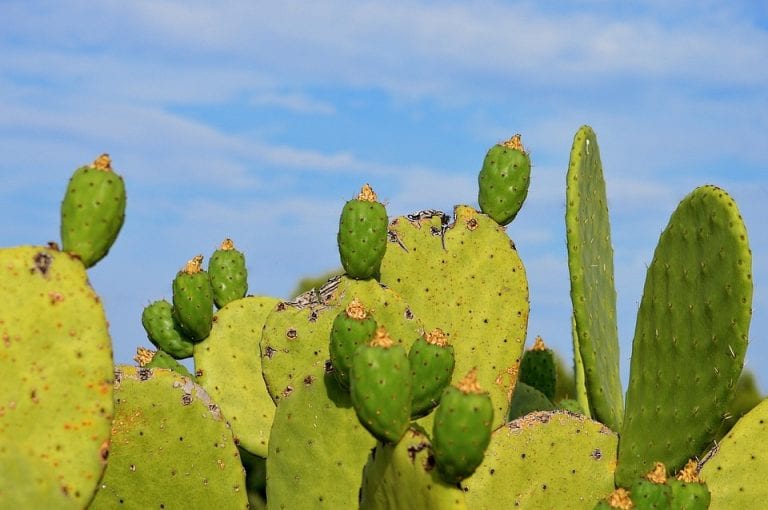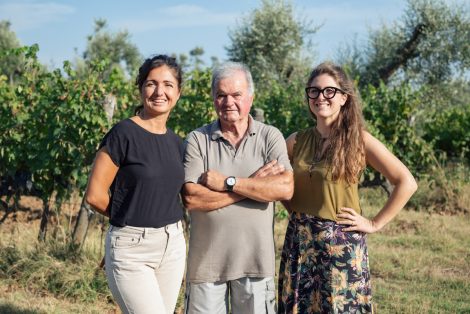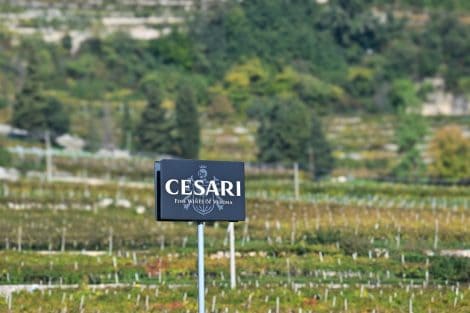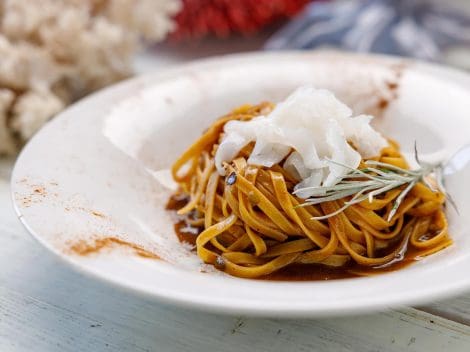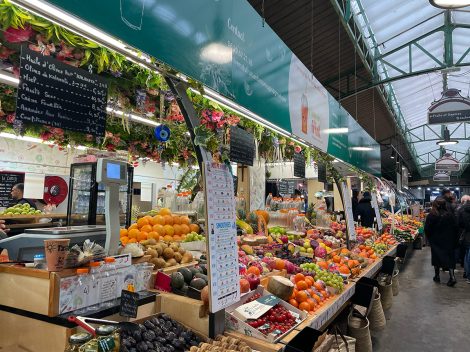Prickly pear: history and nutrients
The Aztecs called it nohpalli and considered it a sacred fruit. The prickly pear is one of nature’s most ancient products. It’s a crop native of Mexico, but now widespread throughout the Mediterranean. According to legend, the Italian name fico d’india (Indian fig) is purportedly owed to Christopher Columbus, who still believing to have landed in India, was among the first Europeans to taste it. The cactus plant grows primarily in parched soils and volcanic terrains, and can reach up to 3-5m in height, with thick, succulent and oblong to spatulate stems called cladodes, the fruits (called tunas) grow on the stems. The plant is present in various species and shapes, and is commonly found in Southern Italy. The pulp can be yellow (in the Sulfarina variety), white (Muscaredda), and red (Sanguigna), these three varieties are found throughout most of the southern Italian regions. In ancient peasant tradition, all parts of the plant are used in the kitchen: once cleaned from the thorns, the cladodes were once used in salads, or sliced open and roasted, in addition to medicinal use, where they were employed to fight tonsillitis and fever. The flowers possess diuretic properties and are still available in certain herbal remedy shops and consumed in herbal teas. The fruits are the tastiest and richest part of the plant in terms of nutrients: potassium, magnesium, calcium, phosphorus and Vitamin A and Vitamin C.
Prickly pears in Sicily
In particular, the prickly pear is one of the symbols of Sicily, to the point that it is often found on postcards and representative paintings of the island. In the region there are 4,000 hectares dedicated to the cultivation of the plant. It is so deeply rooted in the gastronomic heritage that last summer it fostered the launch of a new form of product protection and promotion of this fruit, the Distretto Produttivo del Ficodindia di Sicilia. This is a team of food industry professionals who aim to maximize the production and consumption of the Sicilian prickly pear. Their goal is networking together the four main production areas of Santa Maria del Belice, Roccapalumba, San Cono and Belpasso, in order to create the right synergies and be as competitive as possible on the regional and domestic markets.
The FAO project
The fruit and pads represent therefore an important resource for our health, but it’s equally important as fodder, auseful supplement in drought conditions, in Sicily and beyond. For this reason, FAO has gathered field experts to share their knowledge in the hopes to help farmers and political administrations to strategically and more efficiently employ this often-undervalued natural specialty. Furthermore, to broadcast agronomic techniques, FAO and ICARDA (International Centre for Agricultural Research in Dry Areas) have teamed to launch the study Crop Ecology, Cultivation and Uses of Cactus Pear, a publication containing updated information on the plant’s genetic resources, on its physiology, on which soils it best grows and its vulnerability to parasites. The book also offers suggestions on how to best make use of the plant’s culinary qualities, like in Mexico for centuries. "Climate change and increasing drought risks are compelling enough reasons to upgrade the humble cactus to essential crop status in many areas", says Hans Dreyer, Director of FAO Plant Production and Protection Division. Furthermore, the presences of cacti plantations also havea positive impact on plant growth of other species. As reported in the book, in Tunisia, for example, barley crops have grown considerably after cacti were cultivated in the same parcel of land.
Prickly pears to fight drought
In particular, the plant can be a valid ally in the fight against droughts. During recent issues in Madagascar, in fact, cacti were proven to be a crucial source of nutrition, fodder and source of water for the local population and livestock. The same area had suffered a great famine after the plants had been removed in fear of it becoming too invasive, but that was soon after promptly replaced. The prickly pear plant can furthermore become part of sustainable farming modules, in full respect of landscape, with a keen eye to healthy eating and organic food.
by Michela Becchi
translated by Eleonora Baldwin

